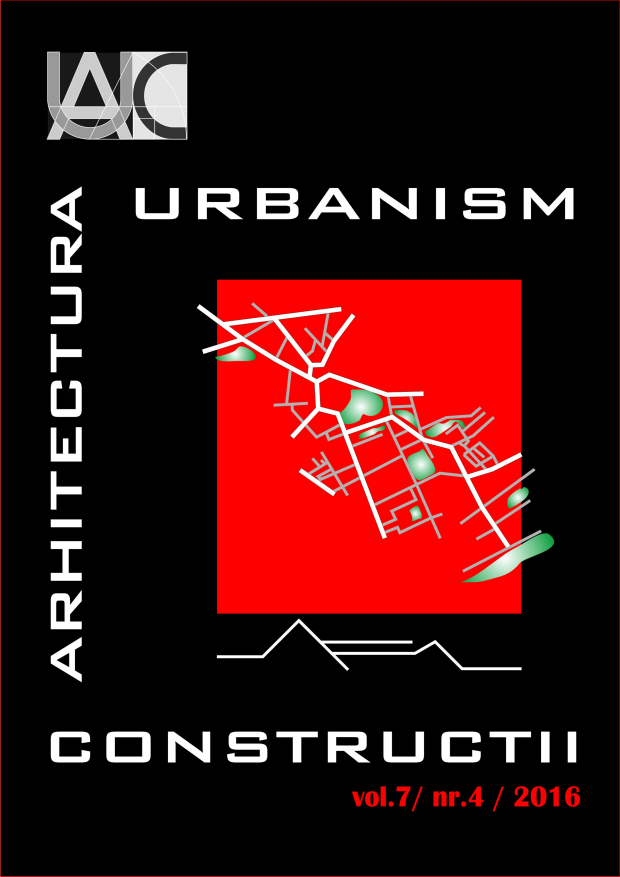Resilience: ecological and socio-spatial models evolve while understanding the equilibrium
Resilience: ecological and socio-spatial models evolve while understanding the equilibrium
Author(s): Alexandru-Ionuţ Petrişor, Vasile Meita, Raluca PetreSubject(s): Environmental Geography
Published by: INCD URBAN-INCERC
Keywords: resilience; stability; persistence; systemic ecology; urban development; adaptive cycles; equilibrium; thermodynamics
Summary/Abstract: The paper attempts to review the main models used in systems ecology, and applied to urban and territorial development, in tight connection with the developing understanding of equilibrium and stability. Initially, resilience was perceived as a component of stability (along with resistance, persistence, and variability), and later as a self-standing concept. As the understanding of equilibrium moves from homeostasis to homeoerhesis and practically to the carrying capacity, and stability finds different interpretations, ranging from constancy to dynamic equilibrium, the dynamics of ecological systems is modeled using adaptive instead of succession cycles. The new model is currently applied to other sciences, and also adapted to the man-dominated systems, including the urban ones. In this case, the understanding of resilience is even more divided among specialists, with particular interpretations resulting from partial or sectoral viewpoints. The analysis shows that more research is not a promising solution, but conceptual refinement is required instead.
Journal: Urbanism. Arhitectură. Construcţii
- Issue Year: 7/2016
- Issue No: 4
- Page Range: 341-348
- Page Count: 8
- Language: English

